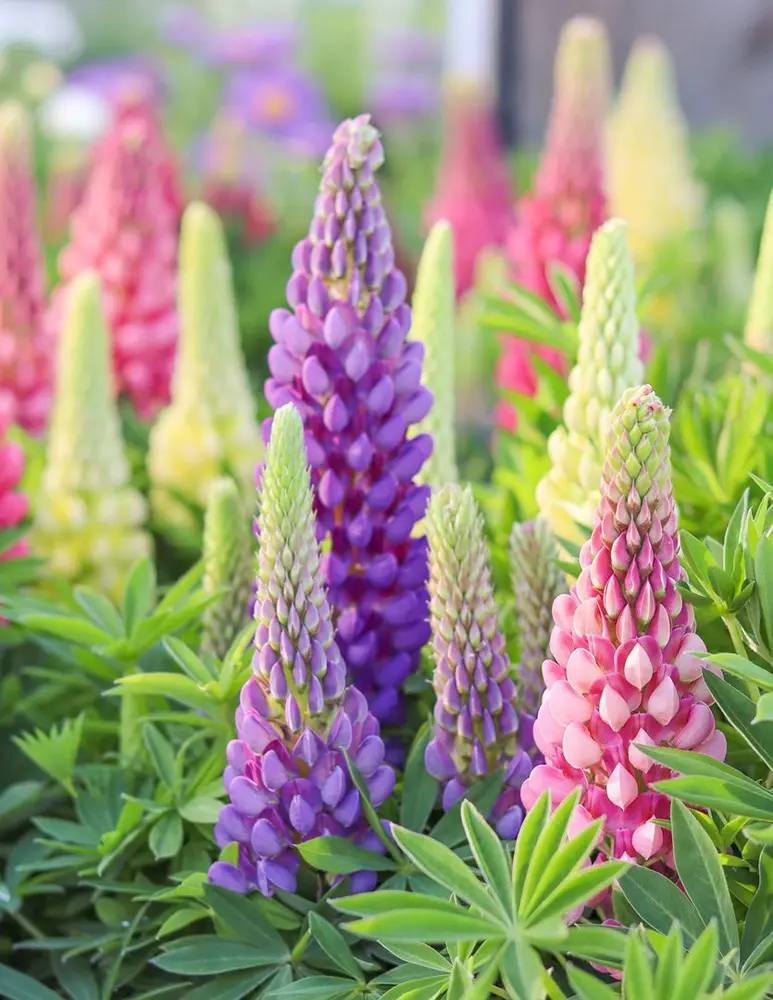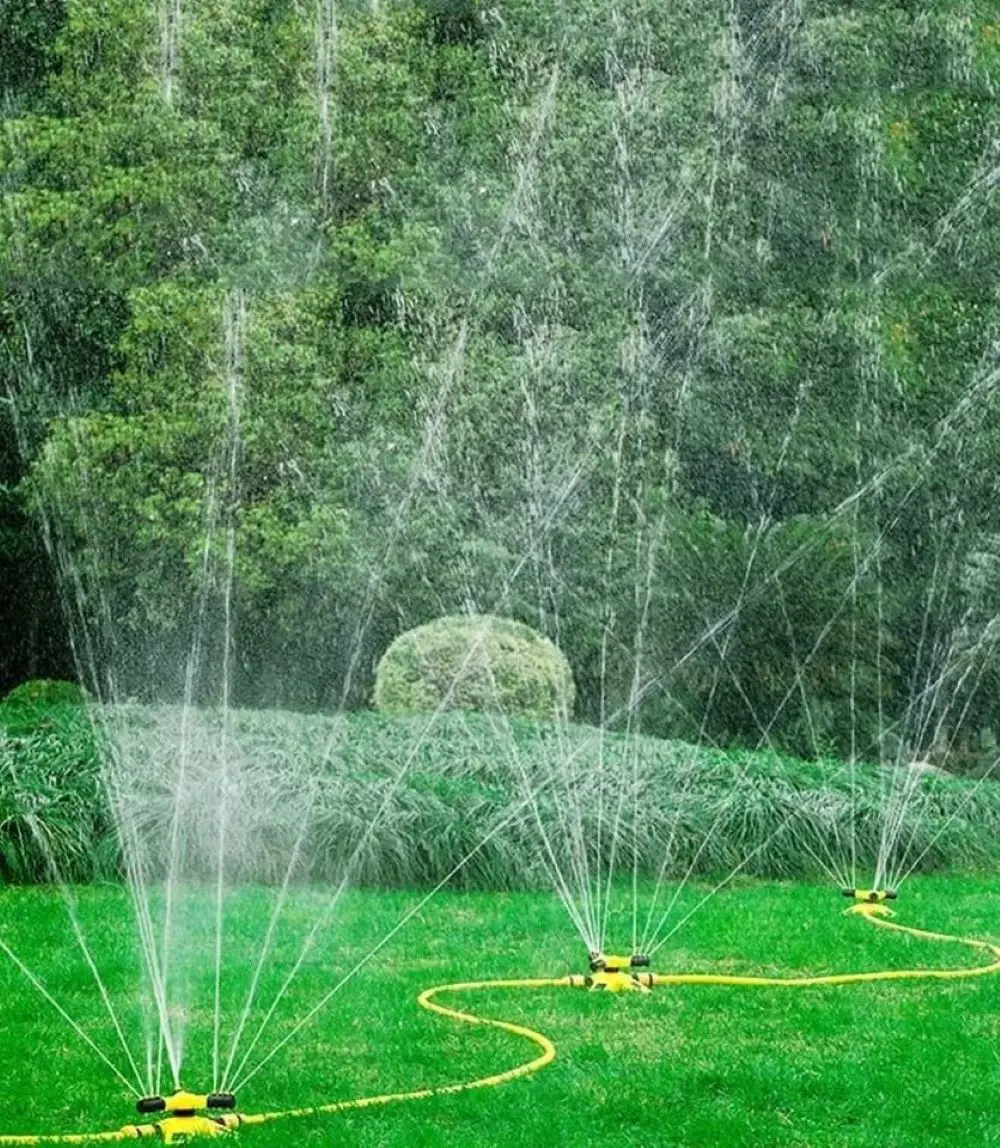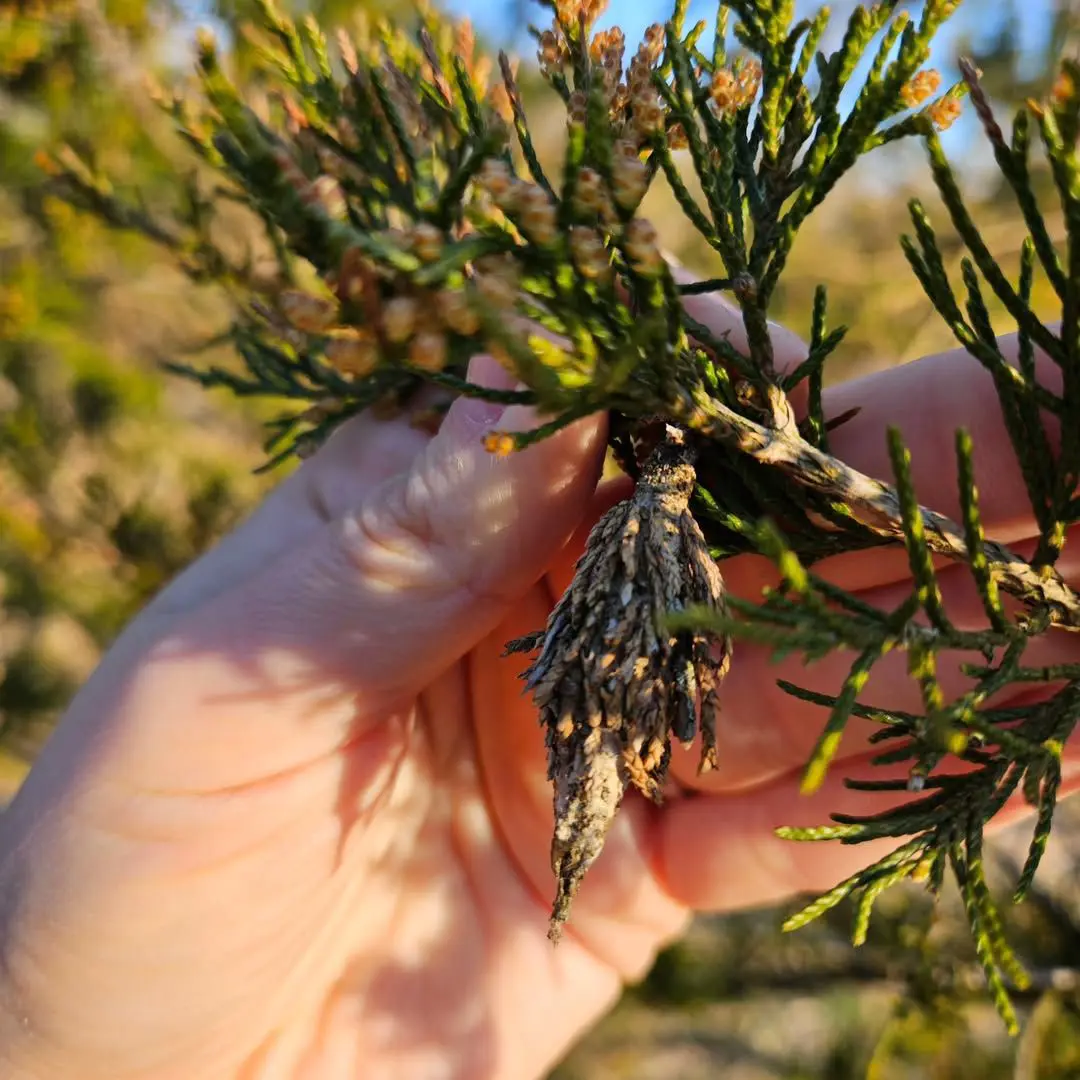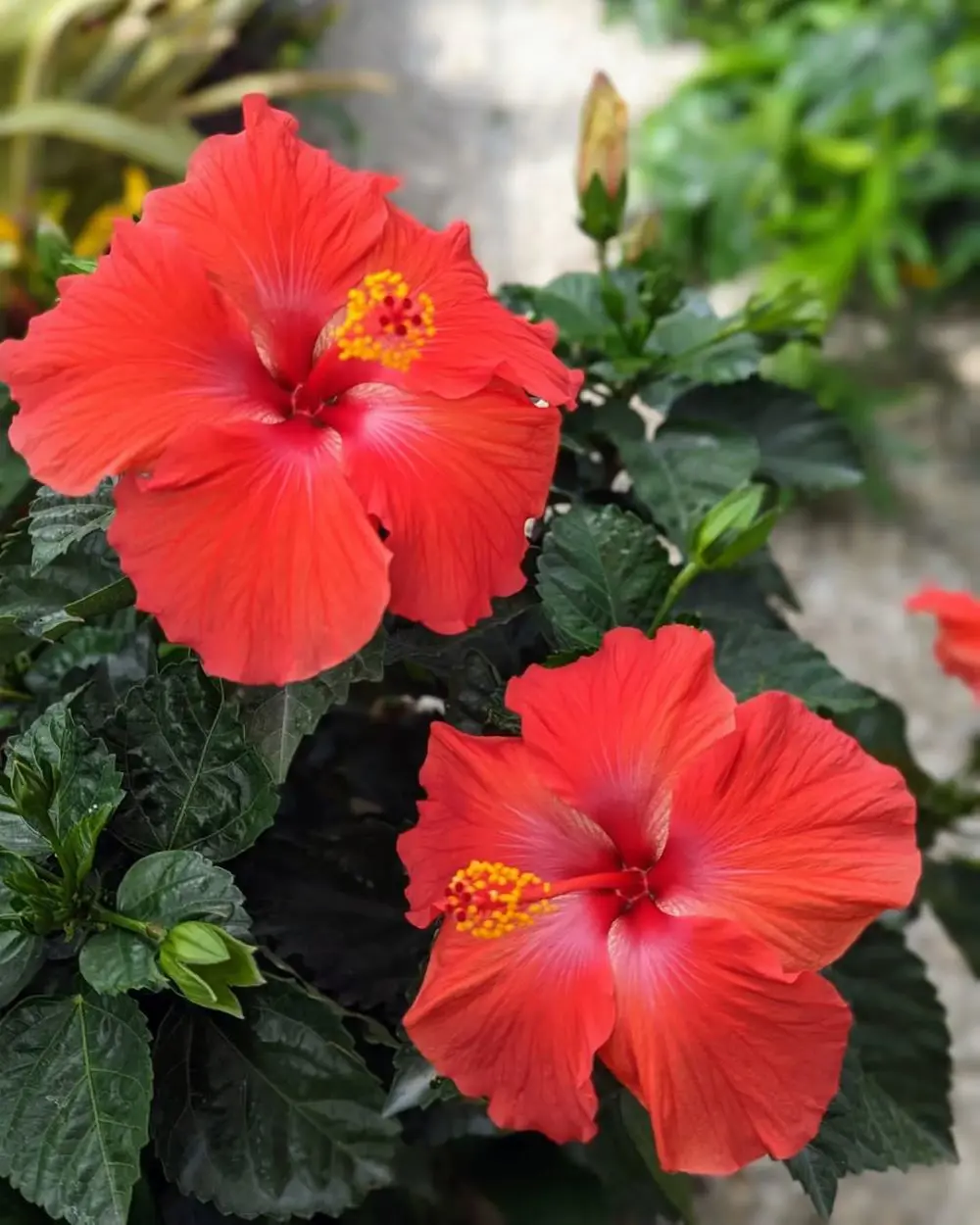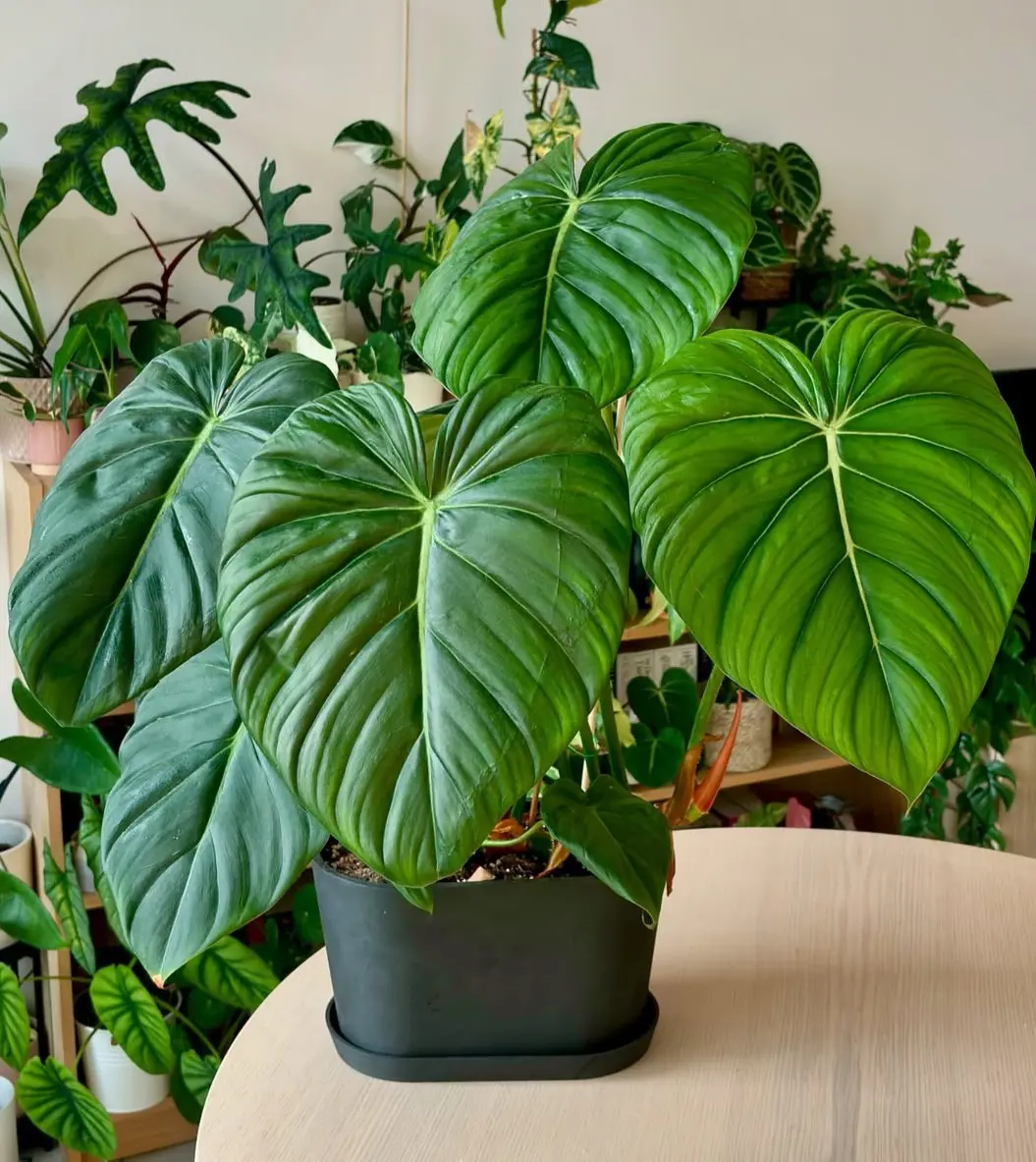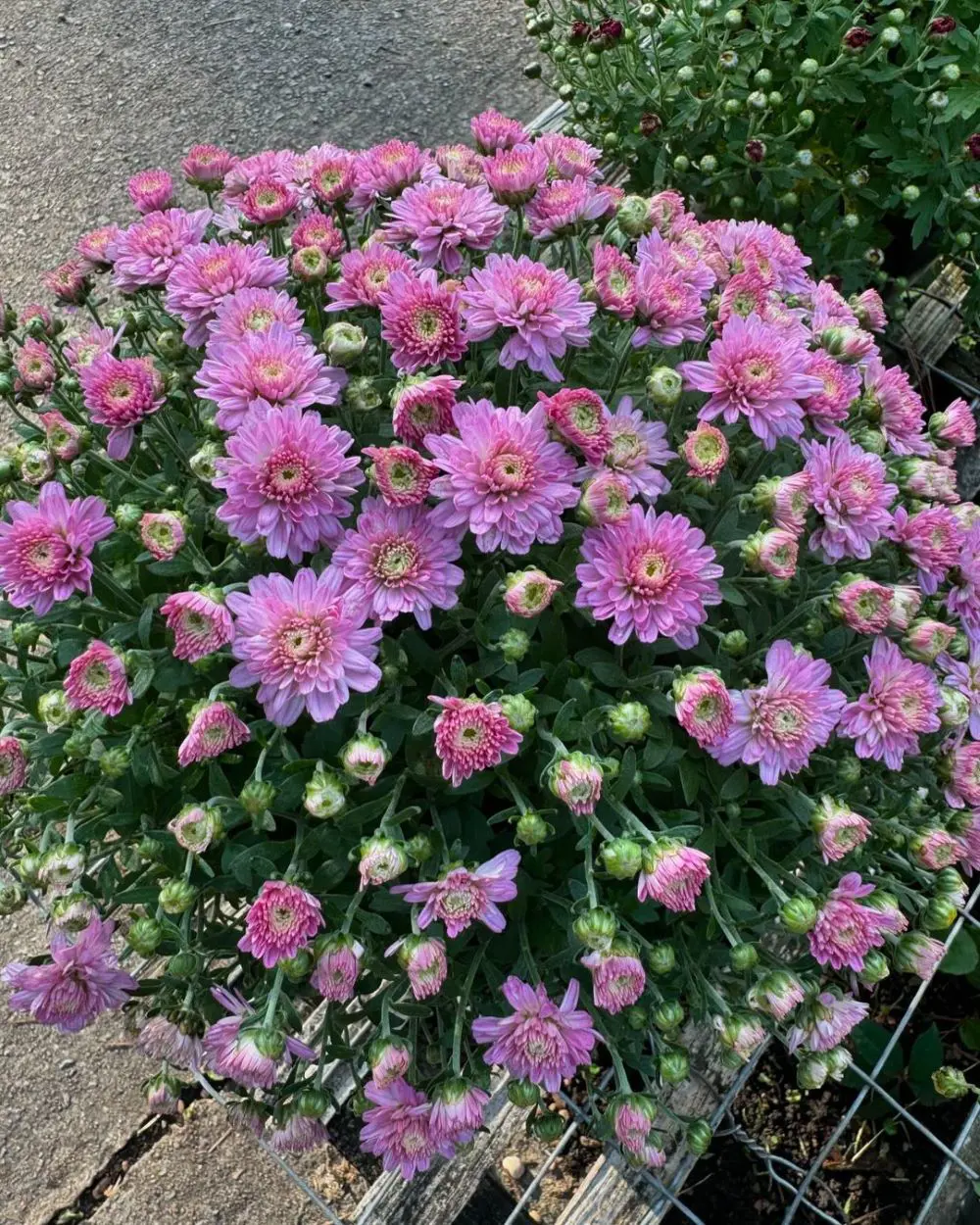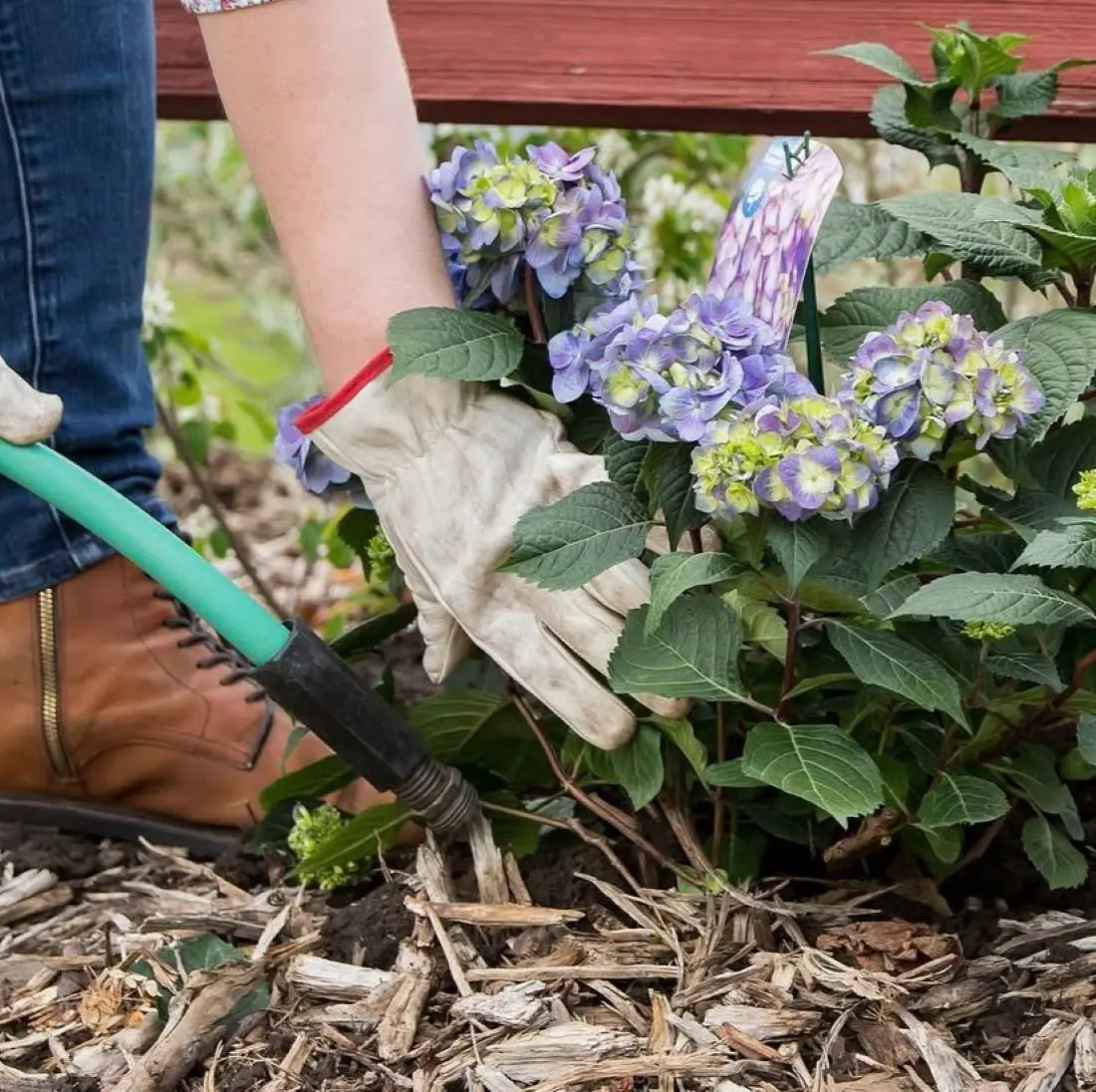Lupines are beloved for their vibrant spikes of flowers and their ability to enrich the soil with nitrogen.
These hardy perennials are a favorite among gardeners for their stunning visual appeal and ecological benefits. This comprehensive guide will cover all aspects of lupine plant care, from types and propagation to common issues and frequently asked questions.
Lupine Plant Care
Soil
Lupines thrive in well-drained, slightly acidic to neutral soils with a pH range of 6.0 to 7.0. They prefer sandy or loamy soils but can adapt to other types as long as drainage is adequate. Avoid heavy clay soils, which can retain water and cause root rot.
Watering
Young lupine plants need regular watering to establish deep roots. Once established, they are relatively drought-tolerant. Water deeply but infrequently, allowing the soil to dry out between watering sessions. Overwatering can lead to root rot and other fungal diseases.
Light
Lupines grow best in full sun to partial shade. They need at least six hours of direct sunlight daily for optimal blooming. In hotter climates, some afternoon shade can help protect the plants from scorching.
Fertilization
Lupines generally do not require heavy fertilization. They are capable of fixing their own nitrogen, which reduces the need for additional nutrients. If the soil is poor, a light application of a balanced, slow-release fertilizer in the spring can be beneficial.
Pruning
Prune lupines after the first bloom to encourage a second flush of flowers. Remove spent flower spikes to prevent the plant from focusing energy on seed production. Cutting back the plant in late fall helps tidy up the garden and prepares it for the next growing season.
Propagating Lupine Plant
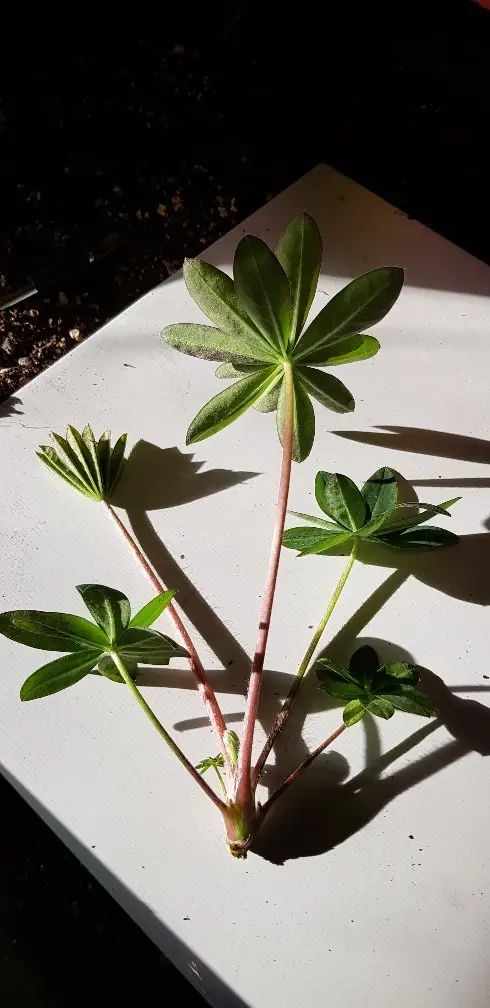
From Seeds
Lupines are most commonly propagated from seeds. To improve germination, scarify the seeds by nicking the outer coat with a knife or soaking them in warm water overnight. Sow seeds directly in the garden in early spring or fall.
From Cuttings
While less common, lupines can also be propagated from basal cuttings. Take cuttings in early spring when new shoots appear. Use a sharp knife to cut a healthy shoot near the base and plant it in a well-draining potting mix. Keep the soil moist until roots develop.
Growing From Seeds
Seed Preparation
To prepare lupine seeds for planting, scarify them by rubbing them gently with sandpaper or soaking them in warm water for 24 hours. This helps break the seed coat and improves germination rates.
Sowing
Sow lupine seeds directly in the garden in early spring or fall. Choose a location with well-drained soil and full sun. Plant seeds about 1/4 inch deep and space them 12 to 18 inches apart.
Germination
Lupine seeds typically germinate within 14 to 30 days, depending on the temperature and soil conditions. Keep the soil consistently moist but not waterlogged during this period.
Growing in Pots
Container Selection
Choose a deep container with good drainage for growing lupines. A pot that is at least 12 inches deep will accommodate the long taproots of lupine plants.
Soil Mix
Use a well-draining potting mix with added sand or perlite to improve drainage. Lupines prefer slightly acidic to neutral soil.
Watering and Care
Potted lupines need regular watering to prevent the soil from drying out completely. However, avoid overwatering, as this can lead to root rot. Place the pot in a location that receives full sun for at least six hours a day.
Overwintering
Mulching
In colder climates, mulch around the base of lupine plants in late fall to protect the roots from freezing temperatures. Use straw, leaves, or bark mulch to insulate the soil.
Cutback
Cut back the foliage to about an inch above the ground after the first frost. This helps the plant conserve energy and prepares it for winter dormancy.
Indoor Care
In areas with harsh winters, potted lupines can be brought indoors. Place the pot in a cool, bright location and reduce watering during the winter months.
Common Pests and Diseases
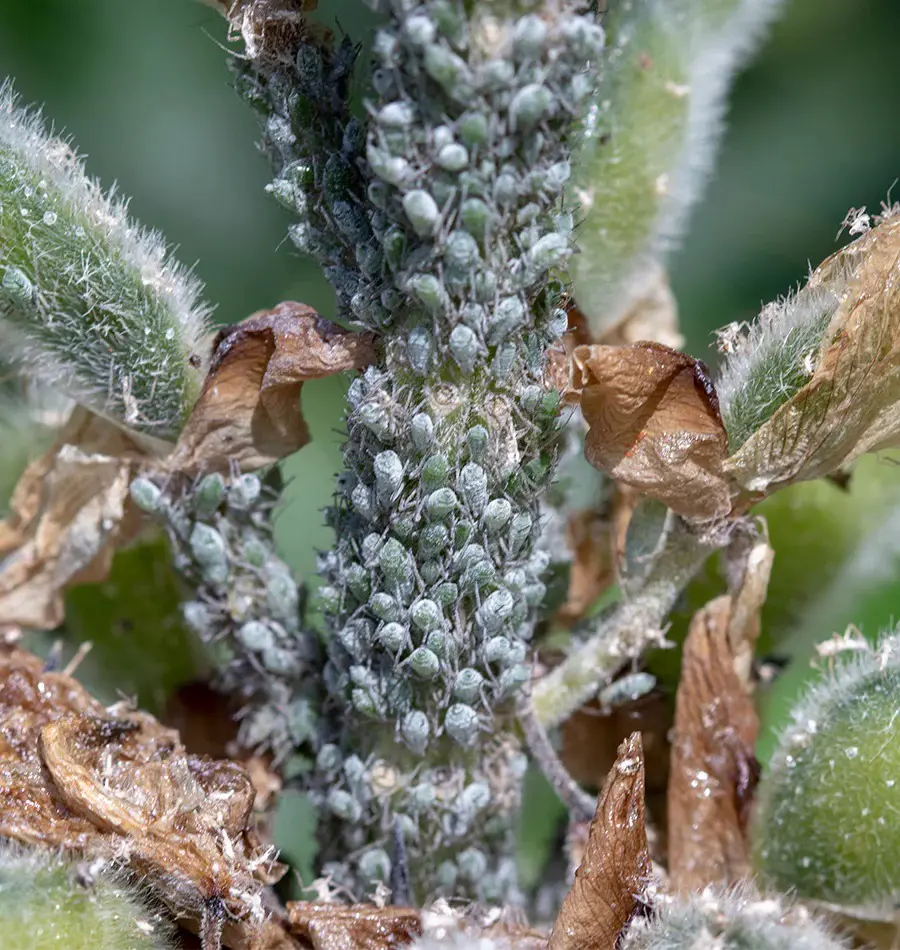
Aphids
Aphids can be a problem for lupines, sucking sap from the leaves and stems. Control them with insecticidal soap or by introducing natural predators like ladybugs.
Powdery Mildew
Powdery mildew appears as a white, powdery coating on the leaves. Improve air circulation around the plants and treat them with a fungicide if necessary.
Root Rot
Root rot is caused by overwatering and poor drainage. Ensure the soil is well-drained and avoid excessive watering.
Slugs and Snails
These pests can damage young lupine plants by eating the leaves and stems. Use slug pellets or traps to control them.
Bloom
Bloom Time
Lupines typically bloom in late spring to early summer, with a second flush possible in late summer if the plants are pruned after the first bloom.
Flower Characteristics
Lupine flowers grow in tall spikes, with individual flowers densely packed along the stem. They come in a variety of colors, including blue, purple, red, yellow, and white.
Attracting Pollinators
Lupine flowers are highly attractive to pollinators, including bees, butterflies, and hummingbirds. Planting lupines can help support local pollinator populations.
Common Issues
Poor Bloom
If lupines fail to bloom, it may be due to insufficient sunlight, poor soil conditions, or overcrowding. Ensure the plants receive at least six hours of direct sunlight and space them adequately to improve air circulation.
Yellowing Leaves
Yellow leaves can indicate overwatering, nutrient deficiencies, or root rot. Check the soil moisture and adjust watering practices. Consider a soil test to determine if additional nutrients are needed.
Leggy Growth
Leggy lupines are often a result of insufficient light. Ensure the plants are in a location that receives full sun.
Types Of Lupine Plant
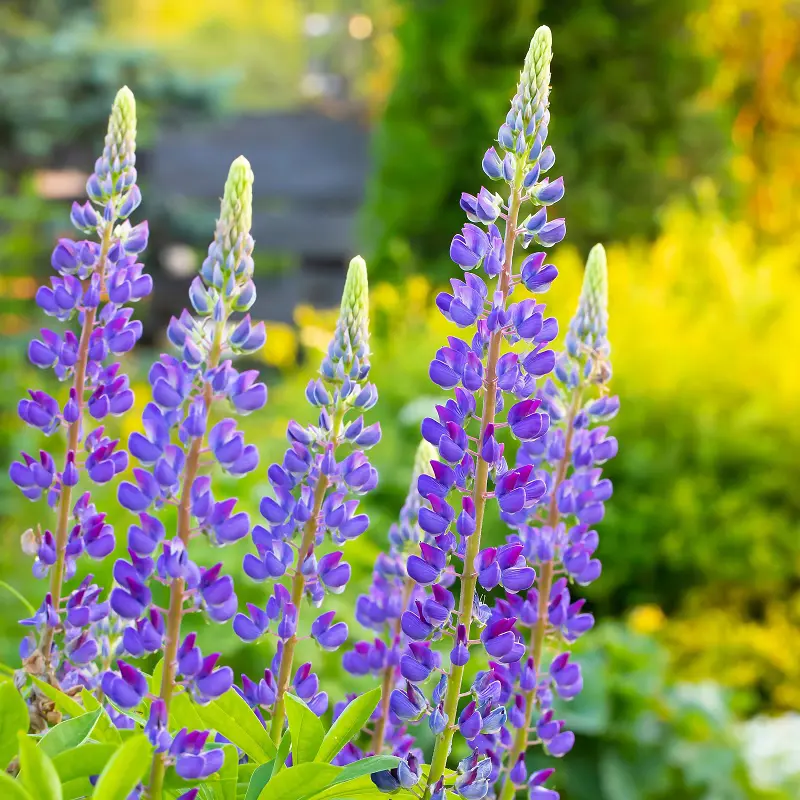
Wild Lupine (Lupinus perennis)
Native to North America, wild lupine is known for its blue to purple flowers and its role as a host plant for the endangered Karner blue butterfly.
Russell Hybrid Lupine (Lupinus × russellii)
These hybrids are popular in ornamental gardens, and available in a range of colors including red, yellow, pink, and white. They are bred for their large, vibrant flower spikes.
Texas Bluebonnet (Lupinus texensis)
The state flower of Texas, this lupine species is renowned for its stunning blue flowers and is often used in wildflower meadows.
Tree Lupine (Lupinus arboreus)
A larger species, tree lupine can grow up to six feet tall. It features yellow flowers and woody stems, making it more shrub-like than other lupines.
Additional Tips
- Companion Planting
- Lupines fix nitrogen in the soil, making them excellent companion plants for vegetables and other nitrogen-loving plants. Consider planting lupines near tomatoes, peppers, or leafy greens to improve soil fertility.
- Deadheading
- Regularly deadheading spent flowers can encourage a second bloom and prevent the plant from using energy to produce seeds.
- Wildlife Benefits
- In addition to attracting pollinators, lupines provide habitat and food for various wildlife. They are particularly important for certain butterfly species and beneficial insects.
- Soil Amendment
- In poor soils, amend the planting area with compost or well-rotted manure to improve fertility and drainage.
- Monitoring
- Regularly inspect lupines for signs of pests or diseases. Early detection and treatment can prevent major infestations and keep plants healthy.
- Mulching
- Apply a layer of mulch around the base of lupine plants to retain soil moisture, suppress weeds, and regulate soil temperature.
- Staking
- Tall lupine varieties may require staking to prevent them from toppling over, especially in windy conditions.
- Seed Collection
- Collect seeds from mature lupine pods in late summer. Store them in a cool, dry place for future planting.
- Beneficial Insects
- Encourage beneficial insects like ladybugs and lacewings in your garden to naturally control pest populations.
- Organic Pest Control
- Use organic pest control methods, such as neem oil or insecticidal soap, to manage pest issues without harming beneficial insects or the environment.
FAQ
Can lupines grow in clay soil?
Lupines prefer well-drained soils and may struggle in heavy clay. Improving drainage by adding organic matter or planting in raised beds can help.
How often should I water lupines?
Water young plants regularly to establish roots. Once established, lupines are drought-tolerant and only need watering during prolonged dry spells.
Can lupines be grown indoors?
While lupines are typically grown outdoors, they can be started indoors from seeds and transplanted outside. Growing mature lupines indoors is challenging due to their need for full sun and deep roots.
Are lupines toxic to pets?
Yes, lupines can be toxic to pets if ingested. Keep pets away from lupine plants and consult a veterinarian if you suspect your pet has eaten any part of the plant.
How long do lupine plants live?
Lupines are generally short-lived perennials, living for about 2-5 years. They often self-seed, producing new plants each year.
